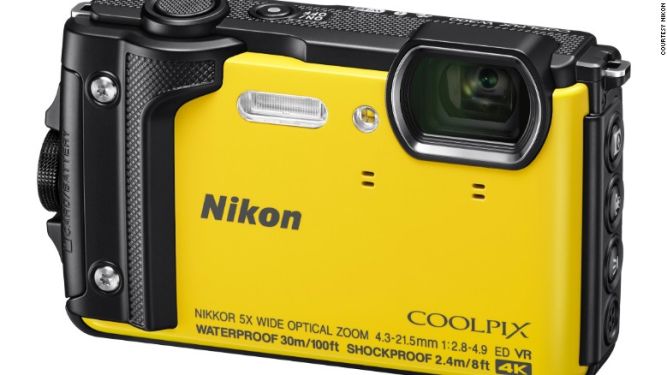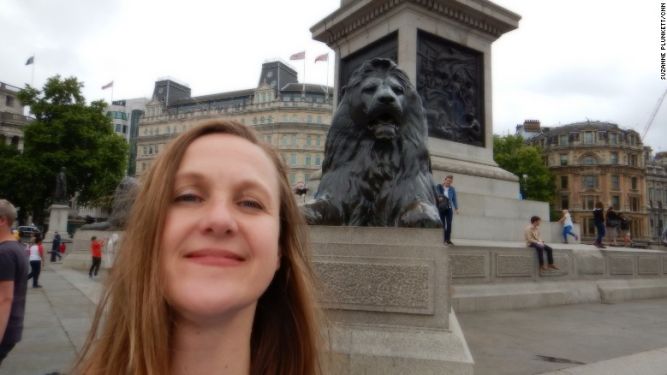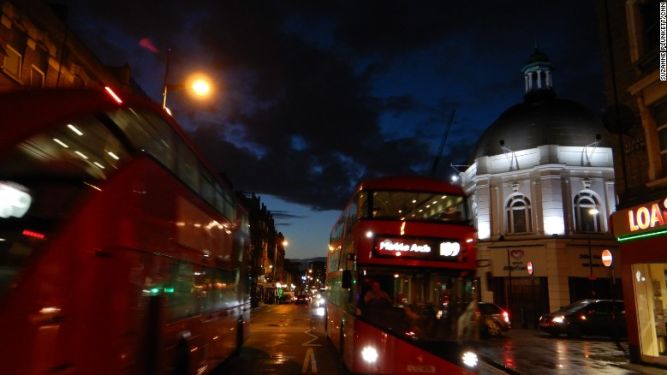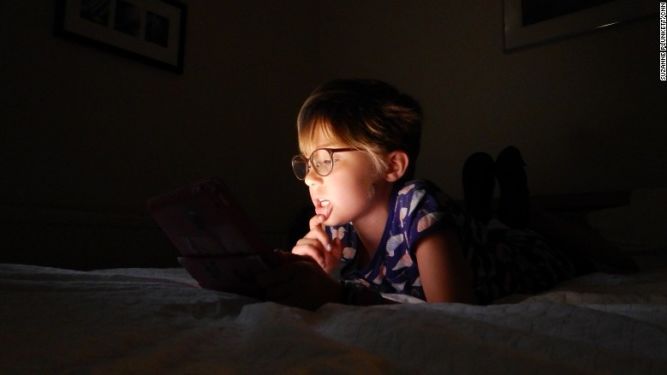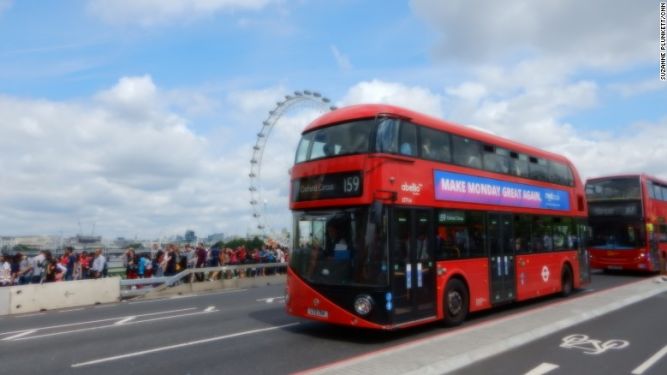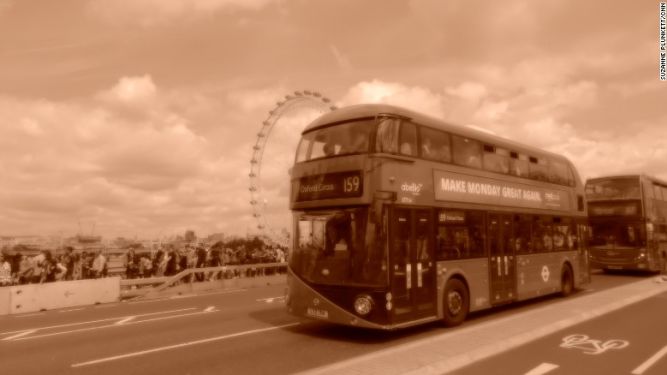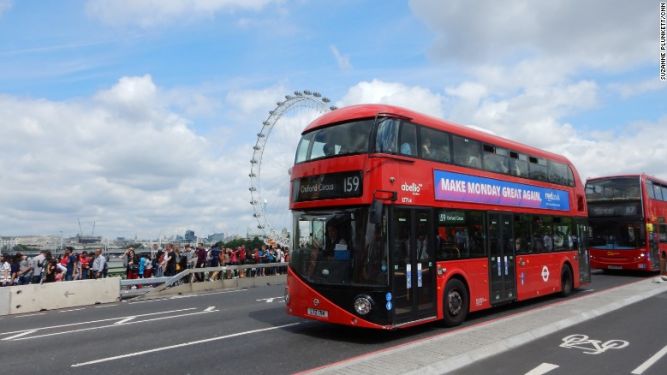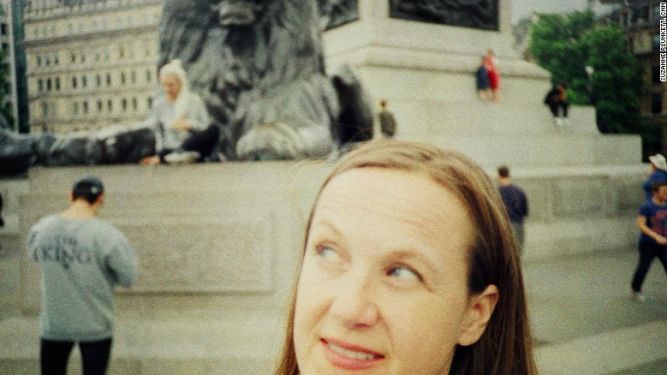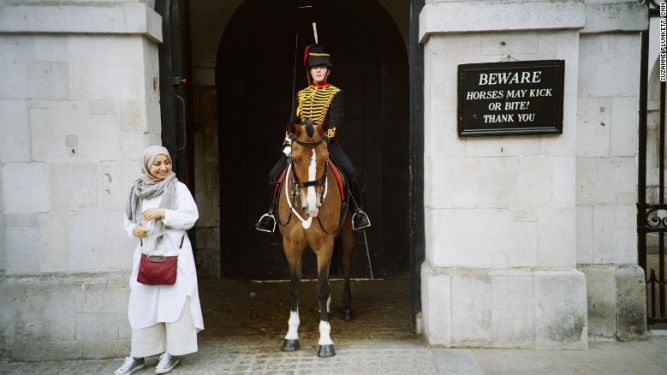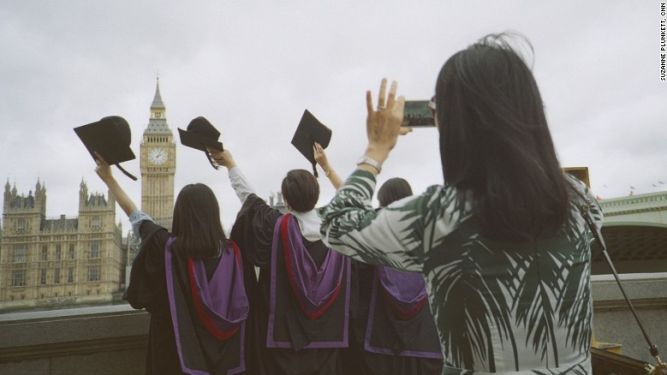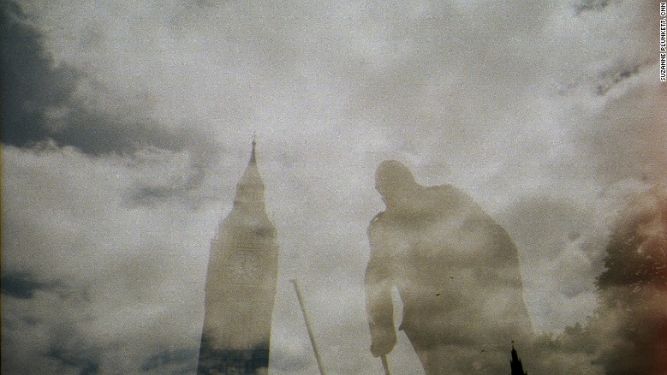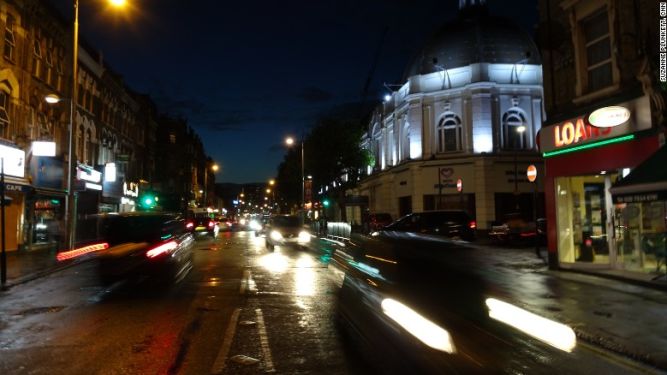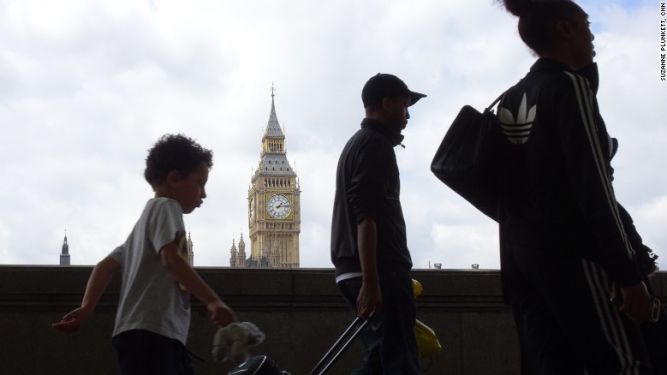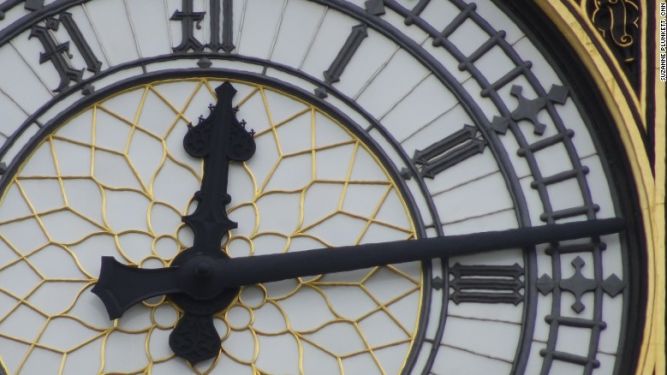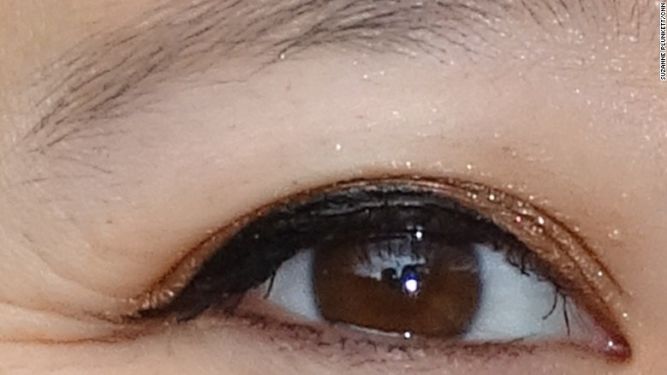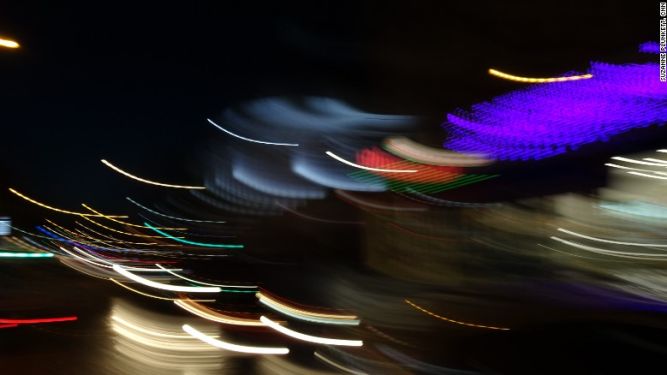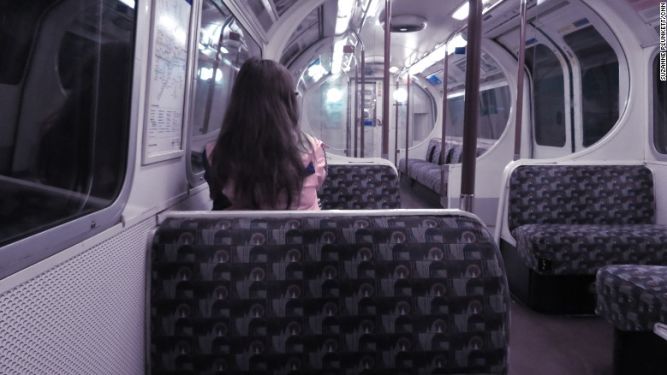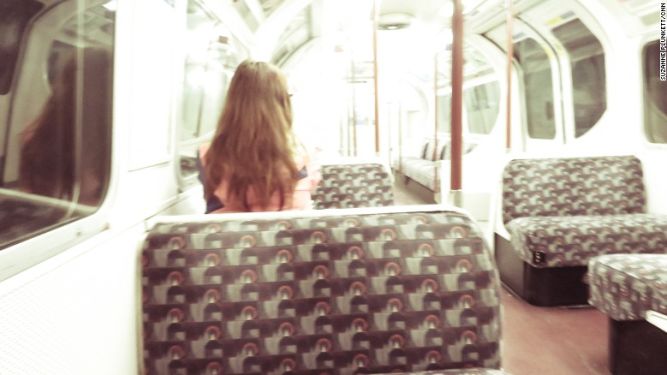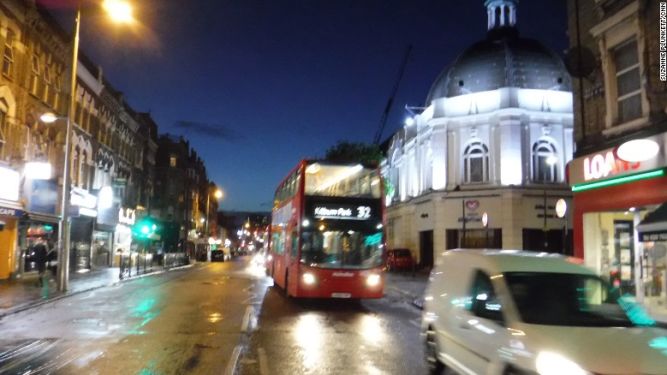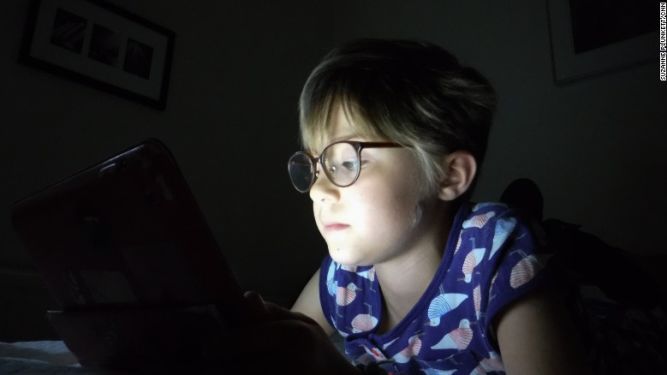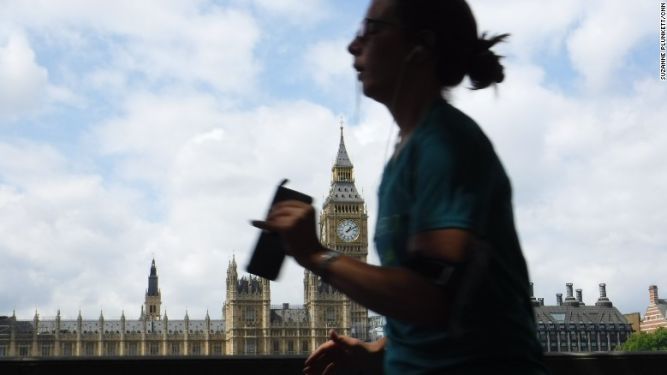
That mobile phone in your pocket takes pretty decent photos, so no need to get a separate camera for your travels, right?
Actually, wrong. The latest point-and-shoot cameras are still smarter than smartphones and have loads of fun options and easy-to-use settings good for amateurs and pros traveling light. And most can now wirelessly pair with your phone to get those pics out quick on social media.
But how easy are they to get to grips with, given that no one wants to spend their vacation with their nose in the manual, bamboozled by jargon?
I played with each of these cameras for a week to create reviews based on how easy it is to learn to use them quickly. For comparison, I put them through the same tests in the same spots.
These include: Wide angle and zoom shots around the Houses of Parliament in London. Detail shots of a decorative London doorknob. Program-mode shots of a horse guard to test the camera’s “quick-draw” skills. A face shot in portrait mode. Silhouette shots by Big Ben to test backlighting. A photo of a girl looking at a computer and a city nightscape to test low-light capabilities. A uniqueness test of special features.
And, of course, a selfie test.
Check out the galleries to compare how the photos turned out. We’ve not done any editing or toning, just cropped them to fit CNN’s format. There’s also some loss of quality caused by optimizing them for the Internet.
We’ll add more soon, but here are six of the best travel cameras available right now:
Fujifilm X-A10
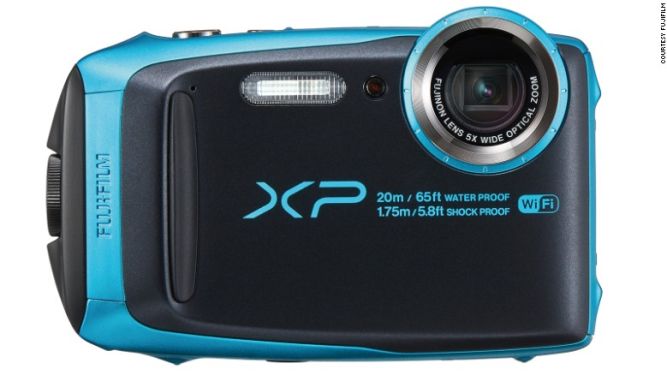
Wide shot: The Fujifilm X-A10 comes with an interchangeable lens. The 16-50mm standard lens is fine for wide shots, but not great for tight zooms.
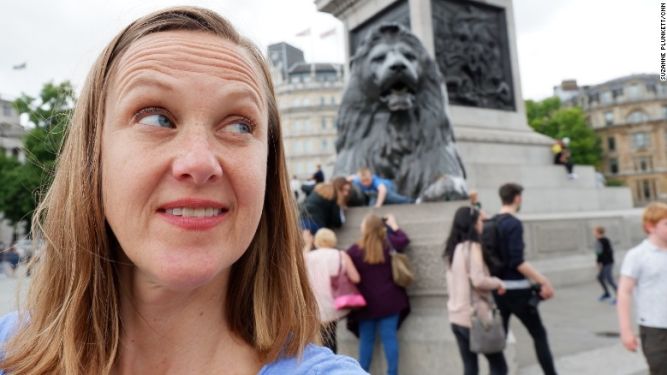
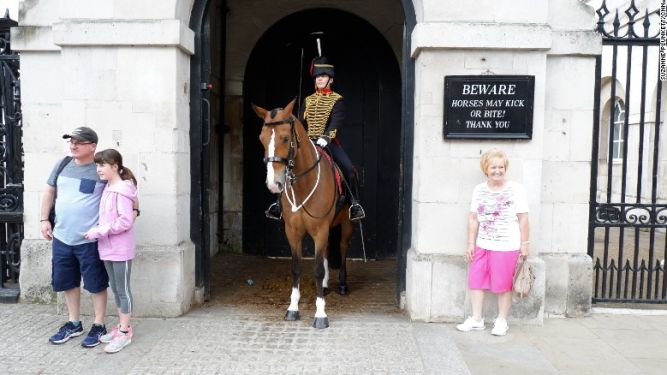

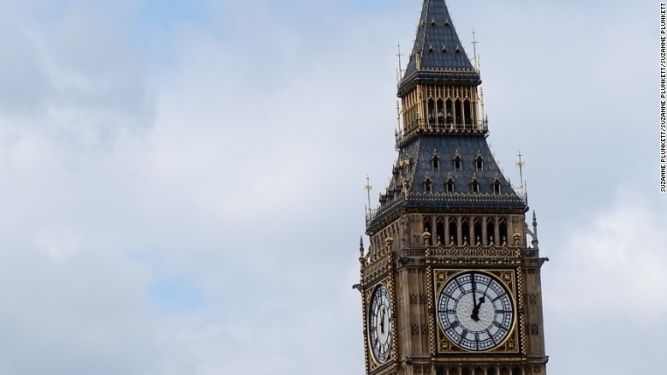
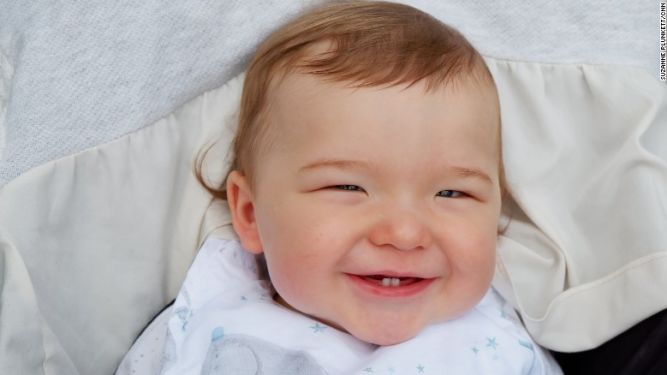
The cool-looking Fujifilm X-A10 is crammed with enough options to delight anyone who likes to get creative with filters and settings.
Standout features on this mirrorless digital include multiple exposures, the ability to shoot huge RAW images, and selective color that makes one shade pop out in a black-and-white photo.
There are advanced filters (including Toy Camera, Pop Color, Soft Focus) and advanced settings (Sunset, Party, Snow, Flower and Text), plus film simulation modes and panorama. For the old-school photographers, you can also set the camera to simulate your favorite type of 35mm Fuji film, such as Provia or Velvia.
The camera comes with a top-quality interchangeable 16-50mm lens that needs to be swapped if you want to zoom beyond its focal length. That meant I couldn’t zoom in tightly on Big Ben. You could do this with the interchangeable 50-200mm lens, which costs a couple of hundred dollars more.
Selfies are easy with the 180-degree tilting screen. There’s also a smile-detection function that shoots when it recognizes a beaming face (but also seems to capture exaggerated frowns).
The Fuji’s Program mode tended to slightly overexpose, but nothing that couldn’t be fixed in post-editing. Night mode paired with advanced anti-blur created a super-sharp and colorful evening city scene. Intricate detail, or macro, shots can be taken as close as seven centimeters (2.6 inches) and are incredibly sharp.
Low-light shooting was great. Even set to ISO3200 for gloomy conditions, digital noise was minimal. The camera’s auto white balance was not exactly accurate, but the rosy hue it gave to the blue light on the girl and computer photo was pleasing.
The camera easily pairs with the simple-to-use Fujifilm Camera Remote app. Pics can be edited on the back of the camera and quickly sent to your phone for Instagram or Facebook uploads.
Verdict: It might intimidate an absolute beginner, but it’s a winner for gadget freaks who enjoy experimenting with features and options.
Specs: 16.3 megapixels, 3-inch tilting LCD monitor, full HD 1080p video recording, built-in Wi-Fi, extended ISO 25600, up to 6 fps shooting, eye detection AF and portrait enhancer, XC 16-50mm f/3.5-5.6 OIS II lens
Approximate price (2017): $500
Nikon COOLPIX W3
Wide shot: The angle of view of the Nikon COOLPIX W300 24-120mm lens was wide enough to shoot the Houses of Parliament in full.
A great, lightweight all-rounder, the Nikon COOLPIX W300 is waterproof, so can even go scuba diving to 30 meters without extra protection. Its clever dustproof lens is ideal for the beach, and if the kids run off with it, its shockproof build can survive a 2.4-meter drop.
It’s good in the cold too, shooting up to 10 degrees below freezing. Handy if you’re using its 4K video capability to do the Arctic Circle Spielberg-style.
The 5x optical zoom gives a surprisingly sharp image for such a small lens, but also goes wide enough to shoot the Houses of Parliament in full. Incredibly, you can get as close as one centimeter in macro mode. The camera automatically exposes in tricky lighting situations and performs admirably in low light and at night.
Hate to read the user manual? This camera has chucked out all the technical jargon and uses descriptions of possible scenarios the user would encounter (night portrait, party, beach, snow, sunset, close up, food, backlighting and so on). These scroll along the bottom of the screen to help identify the right functions.
There are also themes and filters to play with. You can shoot a photo and the camera will automatically duplicate the shot and add themed filters.
Since there isn’t a screen at the front, selfies are guesswork, but the camera has post-editing capabilities for a quick retouch.
Sending that selfie to a phone is a little tricky, with Nikon’s SnapBridge app proving fiddly to set up, but there’s an online guide available for download. Once up and running it uses Bluetooth and/or Wi-Fi to transfer pics or act as a remote trigger.
The COOLPIX W300 shoots a very pleasing portrait, but takes its time processing each image in portrait mode.
Verdict: Versatile all-rounder for adventurers who embrace extremes and eschew the manual.
Specs: 16 megapixels, NIKKOR 5x optical zoom lens, 24-120mm (35mm equivalent), 3-inch LCD monitor, waterproof to 100 feet, shockproof to 7.9 feet, 4K/30p video recording, SnapBridge Bluetooth and Wi-Fi, GPS, ISO 6400, shooting up to 7 fps, built-in LED light, smart portrait mode, glamour retouch
Approximate price (2017): $385
Lomo LC-A+
Wide shot: The fixed 32mm lens of the Lomo LC-A+ wasn’t wide enough to capture the entire Houses of Parliament.
Craving a weekend away from social media or the delayed gratification of old-fashioned film photography?
What the LC-A+ lacks in megapixels, optical zoom or in-camera editing, it delivers with creativity and a true screenless, digital detox.
This sturdy shooter, descended from cult Soviet-era cameras, has minimal settings and rudimentary focusing capabilities (a ruler is recommended if you are unsure).
It operates fantastically in bright sunlight, producing crisp, color-saturated photographs. For my London tests, it was a gray day and I wasn’t using a flash. But so long as you’re not making a direct comparison to digital cameras, the results are pleasing.
The photos have an antique, wistful look, especially those taken with citrusy-toned X-PRO film. My selfie composition wasn’t award-winning, but the shots were accurate enough and multiple exposures were easy to make.
To develop the prints, Lomography features LomoLab, which will do processing and digital scans. In some countries they even provide a mail-order service, via a pre-paid envelope where prints come back via snail mail.
Verdict: It takes a bit of practice, but can give surprising and unexpected results, which, these days in our self-curated world of social media, can be a refreshing vacation in itself.
Specs: 35mm film camera, Minitar 1 32mm f/2.8 lens, direct optical viewfinder, hot shoe for mounting flashes, multiple exposure images, ISO settings of 100-1600
Approximate price (2017): $280-$340
Sony Cyber-shot DSC-HX90V
Wide shot: At its widest point, the 24mm lens on the Cyber-shot DSC-HX90V is a great focal length to shoot wide shots. And if you need wider, the camera has a Panorama mode.
The Sony brand isn’t widely used by professionals and I admit I judged this camera before trying it, which was a mistake. The understated, 18-megapixel Sony Cyber-shot DSC-HX90 is easy to use and takes surprisingly sharp photos.
That sharpness is thanks to the wide Zeiss Vario-Sonnar T* 30x optical zoom. With a mind-boggling range of 24-720mm, I received sharp, non-degraded results when I did the zoom test of Big Ben. Conversely, the lens was wide enough to fit all of the Houses of Parliament in the frame from across the Thames river.
In portrait mode, the camera added just the right amount of fill flash. It also comes with smile detection, a three-second self-timer and a 180-degree tiltable screen that makes shooting selfies a snap.
It took just under two seconds to start up the camera for my quick-draw test of a horse guard, but the results were still sharp and well-exposed. Similarly, the detail mode had great results.
Sony’s PlayMemories app easily downloaded photos via Wi-Fi to my mobile. The app also works as a remote for hands-free shooting. Helpfully, it also contains the user manual.
Low-light shooting tests in manual mode weren’t that impressive with lots of digital noise at ISO 3200, 1/25, f 3.5. The Sony’s Superior Auto mode does noticeably better, capturing multiple frames in tricky lighting conditions, but processing for multi-frame images is slower.
Using the night-scene mode on automatic proved more impressive. Handheld, the camera delivered a sharp background and streaky lights from the passing cars. Sony has clearly abandoned photography jargon for the amateur and has titled its scene modes Gourmet, Twilight, Sunset, Fireworks, Soft Skin and so on.
Verdict: An understated lightweight workhorse that is sharp, reliable, and can automatically do the job for you.
Specs: 18.2 megapixels, BIONZ X image processor, Zeiss Vario-Sonnar 30x optical zoom lens, 24-720mm (35mm equivalent), 638k-Dot OLED electronic viewfinder, 3-inch LCD, full HD 1080/60p AVCHD/XAVC S video, built-in Wi-Fi and GPS, Optical SteadyShot image stabilization
Approximate price (2017): $450
Canon PowerShot SX730HS
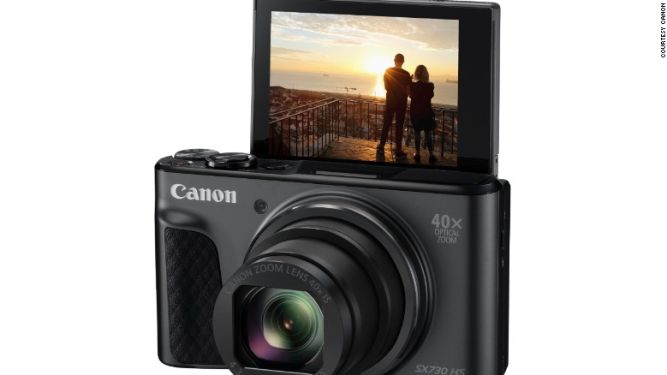
Wide shot: The Canon PowerShot SX730HS proved a versatile and reliable camera.
I’ve used Canon professional gear for decades so picking up the Canon PowerShot SX730HSwas like meeting an old friend. My experience aside, the menus and settings for this nifty compact would be a breeze to navigate for the amateur.
The 40x optical zoom lens — equivalent to a 24-960mm — has a vast range to cover everything from wide vistas to close-ups of birds flying high in the sky. When pushed to its limit in telephoto or macro, the resulting images are much sharper and clearer than expected.
For the quick-draw test in program mode, the camera got the exposure spot on. It performed equally well with the backlighting test.
For selfies, the sturdy, 180-degree, moveable screen is good enough to trigger a smile.
In self-portrait mode, the pop-up flash activated, filling in the shadows without harshness. In this mode you can also choose varying degrees of exposure brightness, background defocusing and skin smoothing.
Canon’s Camera Connect app proved intuitive, switching between Wi-Fi and Bluetooth when needed. The app can also work as a remote control for live view shooting — good for capturing wildlife or children gone feral on vacation.
There’s a fun multiple-image mode which simultaneously records six images for each shot, varying the filter effect and framing. The huge filter list includes Super Vivid, Miniature, Toy Camera, Fisheye and Soft Focus.
Shooting in low light was less successful. My tricky lighting test produced images that were grainy when zoomed in. The nighttime city street image was also grainier and blurrier than other cameras in similar conditions. The camera took its time processing the images too.
Verdict: A reliable 20-megapixel compact that’s easy to use in a wide range of situations, has full HD video capabilities and takes high-quality photos in manual or automatic modes. It’s not for a night owl, but it’ll fit nicely in your backpack.
Specs: 20.3 megapixels, DIGIC 6 image processor, 40x zoom lens, 24-960mm (35mm equivalent), 3-inch 180-degree tilting LCD, full HD 1080p video recording at 60 fps, Intelligent Image Stabilization, built-in Wi-Fi with NFC and Bluetooth, ISO 3200, up to 5.9 fps shooting, zoom framing assist, story highlights and self-portrait mode
Approximate price (2017): $400
Fujifilm FinePix XP120
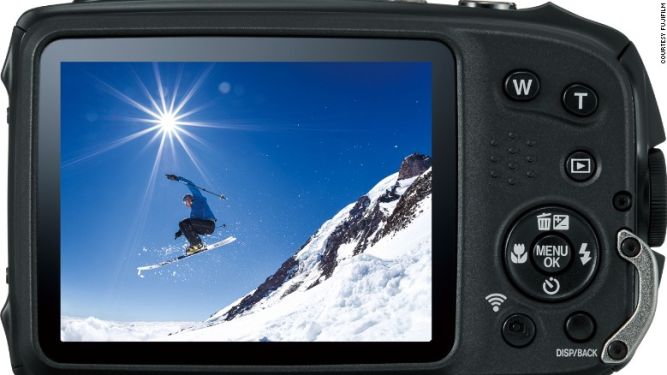
Wide shot: The FinePix’s 28-140mm lens is a good range for the amateur photographer. It offered a wide enough angle to capture the entire Houses of Parliament.
The 16-megapixel Fujifilm FinePix XP120 point-and-shoot is a great low-cost camera for family vacations.
It’s designed to be rugged, waterproof to 20 meters, and shockproof when dropped up to 1.75 meters. It’s colorful and easy to operate — I gave it to an eight-year-old who easily navigated the various menus and settings.
The 5x optical zoom is easy to use but not as sharp as some compact cameras, but it’s good enough considering this camera retails at almost a third of the price.
The 28-140mm lens is a good range for the amateur photographer. It’s not the fastest lens at f3.9-f4.9, which is common to this range of camera, so playing with extreme depth of field isn’t really an option.
Image tones were on the cool side when compared with the warmer ones produced by other cameras in this range.
The camera has automatic settings which anticipate the photographic settings you require such as Underwater Macro, Action Camera, Motion Panorama 360, Pro Low Light and — my favorite — Party.
There are advanced filters such as Toy Camera, Sketch and Partial Color.
The impressive Pro Low Light mode takes four photos with a single shutter click and then combines the best of to make a single superior shot with reduced blur and noise.
My favorite feature was the ability to make cinemagraphs in camera. Cinemagraphs are still photographs that have movement on part of the image. The FinePix XP120 shoots five-second videos then turns it into a still image with movement in only the detail you select.
The result is fun and looks great when posted on Instagram or Twitter. Using the same app as the Fujifilm A-X10, Fujifilm Camera Remote was so easy to set up and use.
Verdict: A rugged low-cost camera that the whole family can use easily, and which produces cool images for posting to social media.
Specs: 16.4 megapixels, Fujinon 5x optical zoom lens, 28-140mm (35mm equivalent), water-, shock-, freeze- and dustproof, Full HD 1080p video recording at 60 fps, 3-inch LCD monitor, built-in Wi-Fi connectivity, 10 fps continuous shooting, cinemagraph mode and interval shooting
Approximate price (2017): $200

